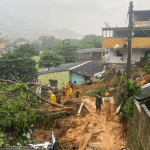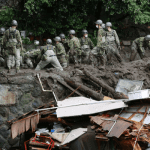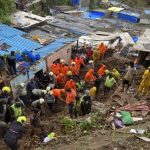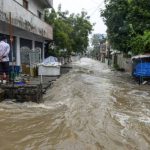Landslides in Southern India have killed at least 166 people and left more than 200 missing.
According to officials, severe rain in Kerala, one of India’s most popular tourist destinations, caused rivers of mud, water, and rock that buried or washed many to their deaths as they slept.
It is the state’s worst calamity since devastating floods in 2018, and it is most likely caused by changing circumstances in the Arabian Sea, which is “warming at a faster rate than other regions,” according to climate scientists.
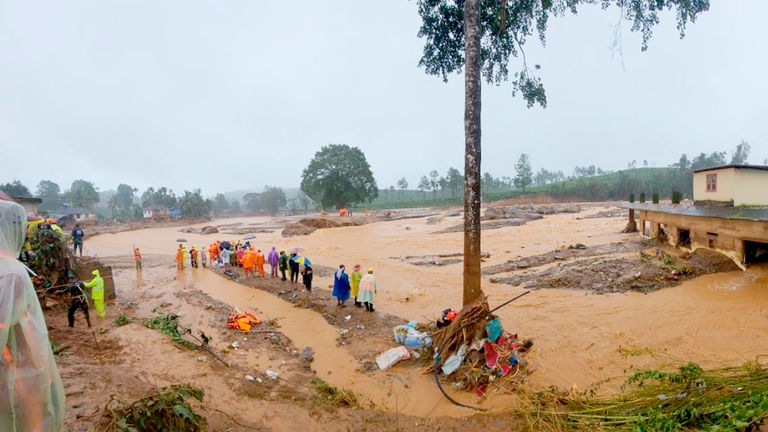
Authorities said nearly 1,000 people had been rescued from communities in Wayanad district, situated in the Western Ghats mountain range and known for its tea plantations.
Officials added 195 people had been injured, while 225 other individuals were still missing.
Experts said the area had seen heavy rain in the last two weeks which had softened the soil, before extremely heavy rainfall on Monday triggered the landslides.
The region was forecast to get 204mm (8ins) of rainfall, but ended up getting 572mm (22.5ins) in just 48 hours, Kerala’s chief minister said.

A bridge linking the area of Mundakkai to the nearest town of Chooralmala was destroyed.
Rescue workers were searching for bodies in slush and rocks near to where the bridge was washed away.
After a day of extremely heavy rainfall hampered rescue efforts, forecasters expect the worst-hit areas to receive some respite on Wednesday, although still warn there will be more rain.
India has witnessed extreme weather conditions including torrential rain, floods, droughts and cyclones in recent years, with many experts blaming the events on climate change.

Monsoons are also becoming more erratic, they have previously warned.
Reacting to the latest disaster, climate scientist Dr S Abhilash, of Kerala’s Cochin University, said: “The Arabian Sea is warming at a higher rate compared to other regions and sending more evaporation into the atmosphere, making the region a hotspot for deep convective clouds.
“Deep developed clouds in the southeast Arabian Sea region were carried by winds towards land and produced this havoc.”






